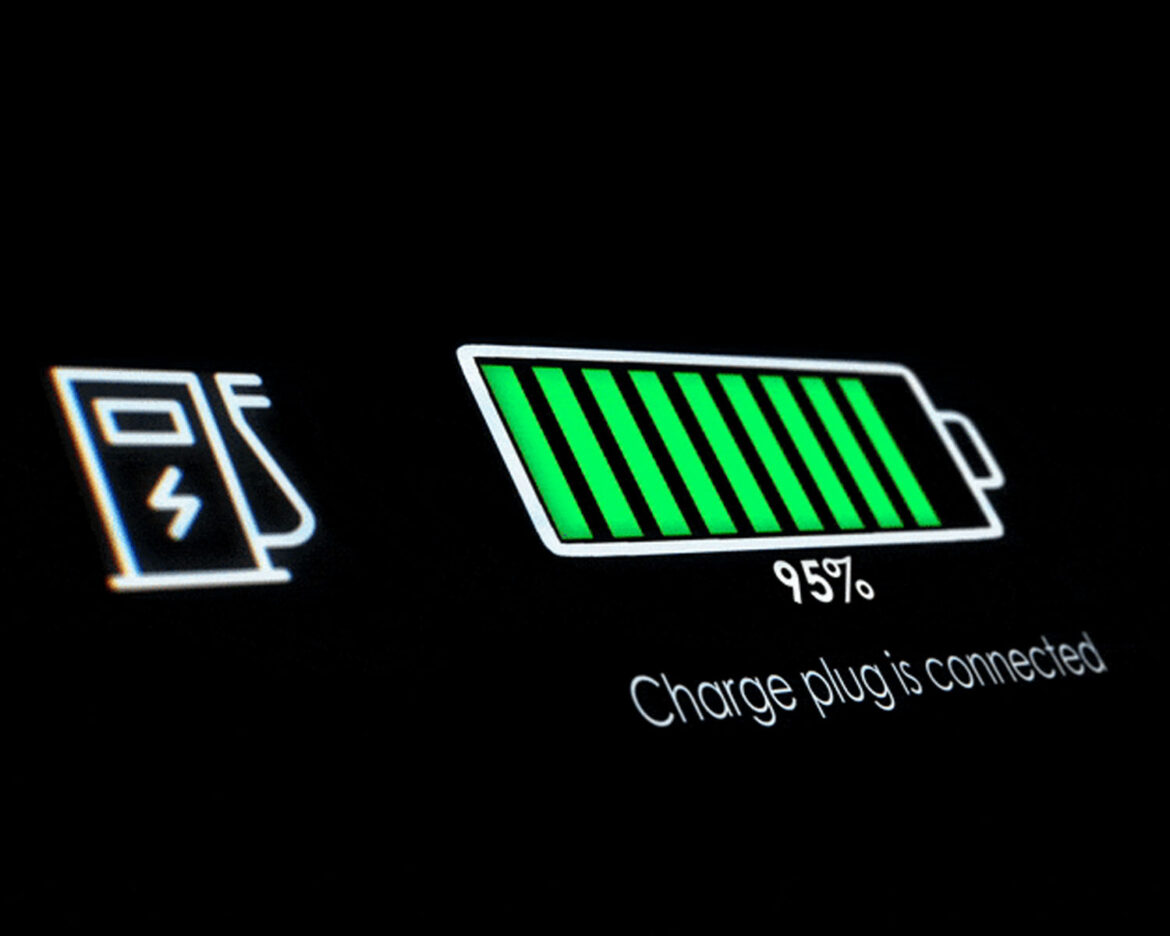In a major breakthrough, researchers at Cornell University have unveiled a revolutionary lithium battery capable of charging an electric vehicle (EV) in under five minutes. This development holds the potential to address consumer concerns related to EV battery charging times, mitigating range anxiety and transforming the electric vehicle industry.
Lithium-ion batteries have long been favored for their lightweight nature, energy efficiency, and extended lifespan. However, the time it takes to charge these batteries has been a persistent challenge. While fast chargers have reduced charging times to around 30 minutes, conventional “level 1” chargers in residential settings can still take over 40 hours for a full charge.
The Cornell researchers attribute their success to a groundbreaking approach involving the incorporation of indium, a metal commonly used in touchscreens and solar panels, into the battery’s anodes. Indium anodes enable rapid charging and maintain stable performance through repeated charging and discharging cycles, in contrast to traditional lithium-ion batteries using graphite-coated copper foil anodes.
Professor of engineering and dean of Cornell’s College of Engineering overseeing the project highlights the transformative potential of the five-minute charging time, stating, “If you can charge an EV battery in five minutes, I mean, gosh, you don’t need to have a battery that’s big enough for a 300-mile range. You can settle for less, which could reduce the cost of EVs, enabling wider adoption.”
The breakthrough, published in the journal Joule, directly addresses the time-consuming aspect of EV charging and aims to combat the infamous “range anxiety” often experienced by electric vehicle owners. The rapid charging capability could allow for the design of smaller, more cost-effective batteries, promoting broader adoption of electric vehicles.
Despite the advantages, indium’s weight presents a challenge in a sector emphasizing lightweight materials. Researchers express optimism, suggesting that alternative light metals with similar properties could be explored in future developments.
Archer, the project overseer, states, “Are there metal alloys out there that we’ve never studied, which have the desired characteristics? That is where my satisfaction comes from, that there’s a general principle at work that allows anyone to design a better battery anode that achieves faster charge rates than the state-of-the-art technology.”
As the automotive industry continues its shift towards sustainable solutions, the Cornell researchers’ breakthrough signifies a crucial milestone. It offers hope for a future where EVs are not only environmentally friendly but also practical and convenient for consumers. The race is now on to explore new lightweight materials that could further enhance the capabilities of fast-charging batteries, opening doors to unprecedented possibilities in the electric vehicle landscape.



